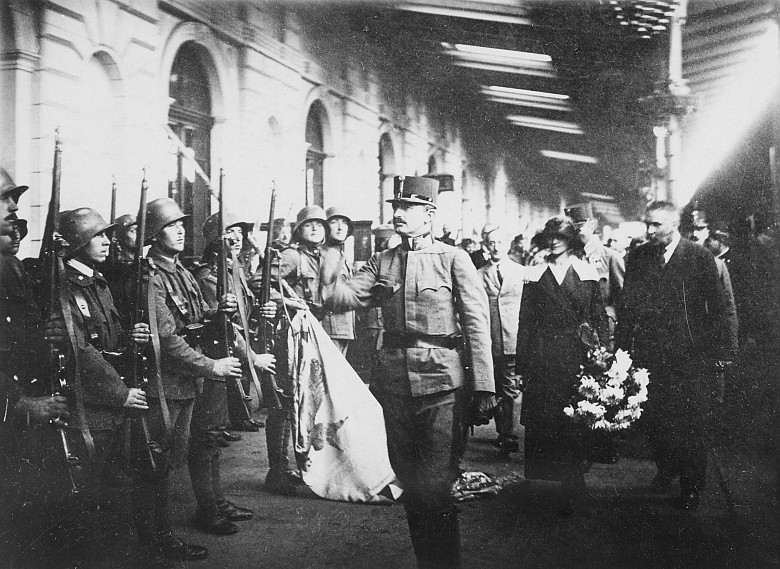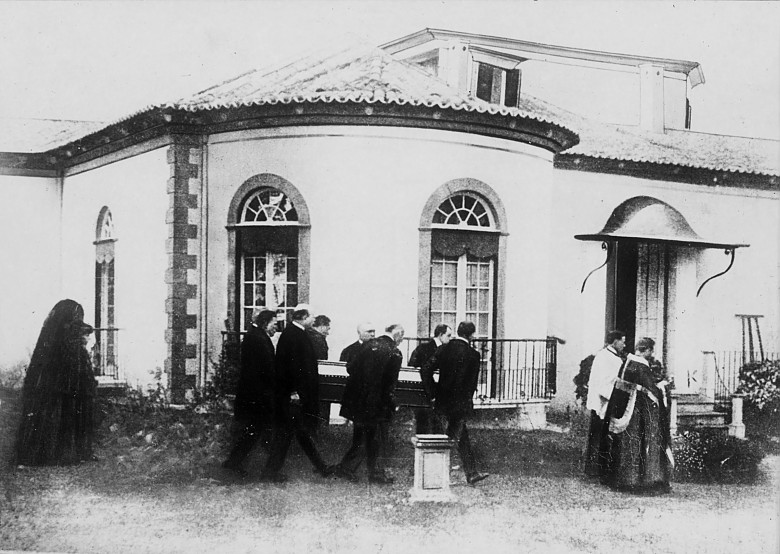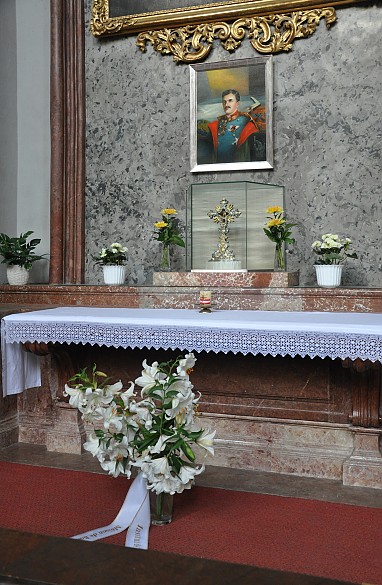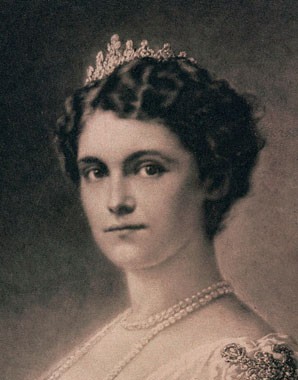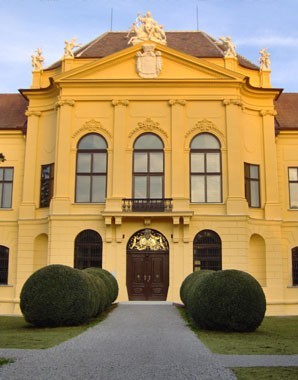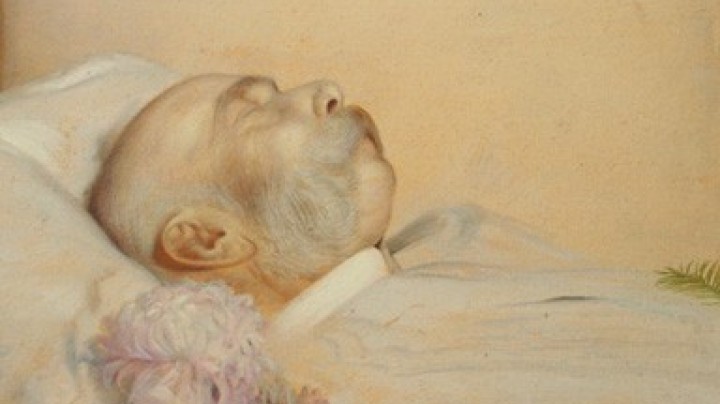Emperor Karl the Last – downfall and exile
The dissolution of the Monarchy began in the autumn of 1918. Isolated and powerless, the emperor was unable to do anything to oppose it.
Exacerbated by the massive supply crises which laid bare the total depletion of the economy, the viability of the Monarchy was now doubted by broad sectors of the population, regardless of ethnic divisions. The representatives of the individual nations revoked their affiliation with the Habsburg Monarchy and began to stake territorial claims preparatory to the founding of nation states.
The armistice on 4 November 1918 and the dissolution shortly afterwards of the army took away the final bond holding the Monarchy together. Having long ago lost any semblance of power, on 11 November 1918 Karl finally signed a declaration at Schönbrunn in which he renounced any participation in the affairs of government in the Austrian half of the empire. Two days later, on 13 November, he signed a similar declaration for the Hungarian half of the empire.
However, Karl refused to abdicate, regarding himself as vested by divine right (by God’s grace) with his role as monarch, and not by the will of the parliament. This attitude, in which he was backed up by his strong-willed wife Zita, is virtually symptomatic of the monarchical self-conception of the Habsburg dynasty.
After quitting Vienna the imperial family initially took up residence at Schloss Eckartsau in Lower Austria before leaving for exile in Switzerland in March 1919. At the border between Austria and Switzerland Karl issued the so-called Feldkirch Manifesto, revoking the documents he had signed to renounce his participation in the affairs of government, and declaring that he had been unlawfully deposed.
From his exile in Switzerland Karl initiated two attempts at restoring himself to power in Hungary, both of which were however unsuccessful. Following this the Western powers banished Karl and his family to the Portuguese island of Madeira in the Atlantic, where he died from Spanish influenza on 1 April 1922, at the age of only 35. Karl was interred in the church of Nossa Senhora do Monte near Funchal.
Karl’s memory was subsequently upheld by his wife Zita. The militant empress-widow held fast to the dynasty’s claims to the throne. Not least due to Zita’s energy and authority Karl became a symbol for the legitimist movement in Central Europe. His early death and the tragic failure of his endeavours to bring about peace led to an idealization of the failed monarch as a ‘martyr emperor’: after intensive lobbying by prominent conservative-Catholic circles, Karl was beatified on 3 October 2004 by Pope John Paul II with the argumentation that the last Habsburg on the imperial throne had been ‘a model Christian, husband, father and ruler’.
